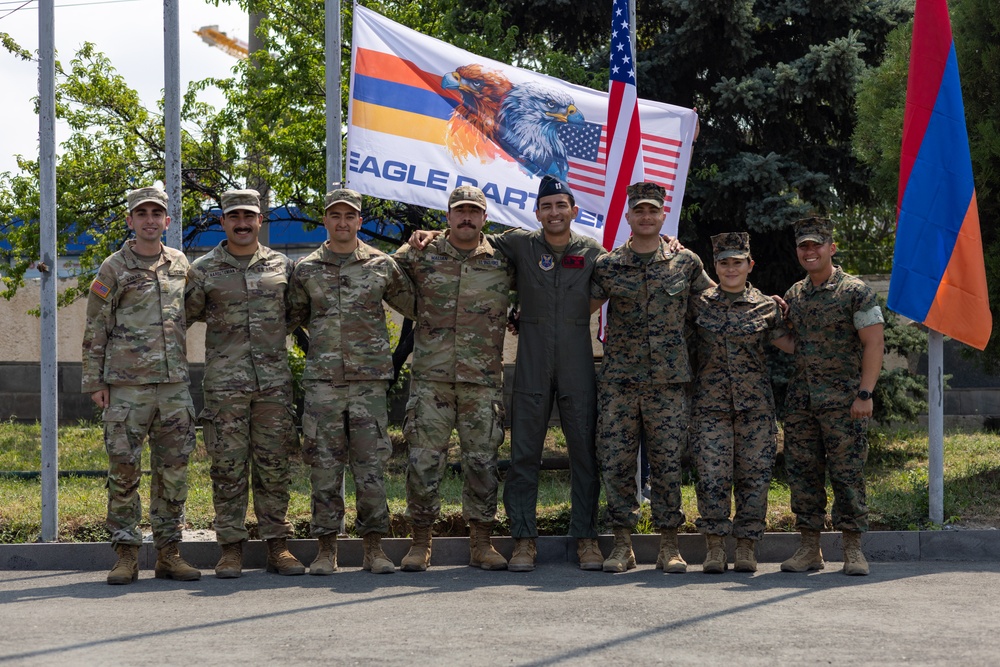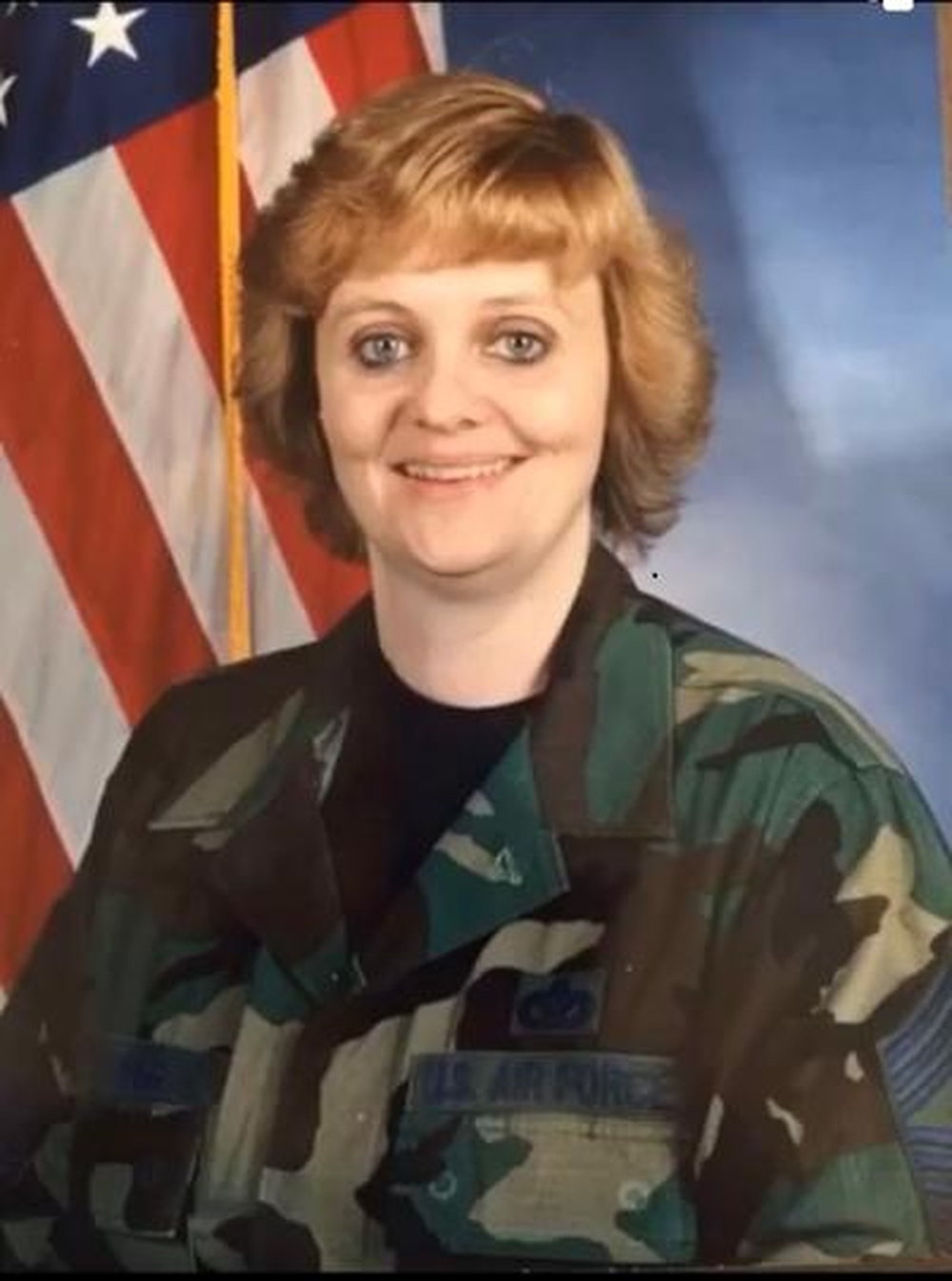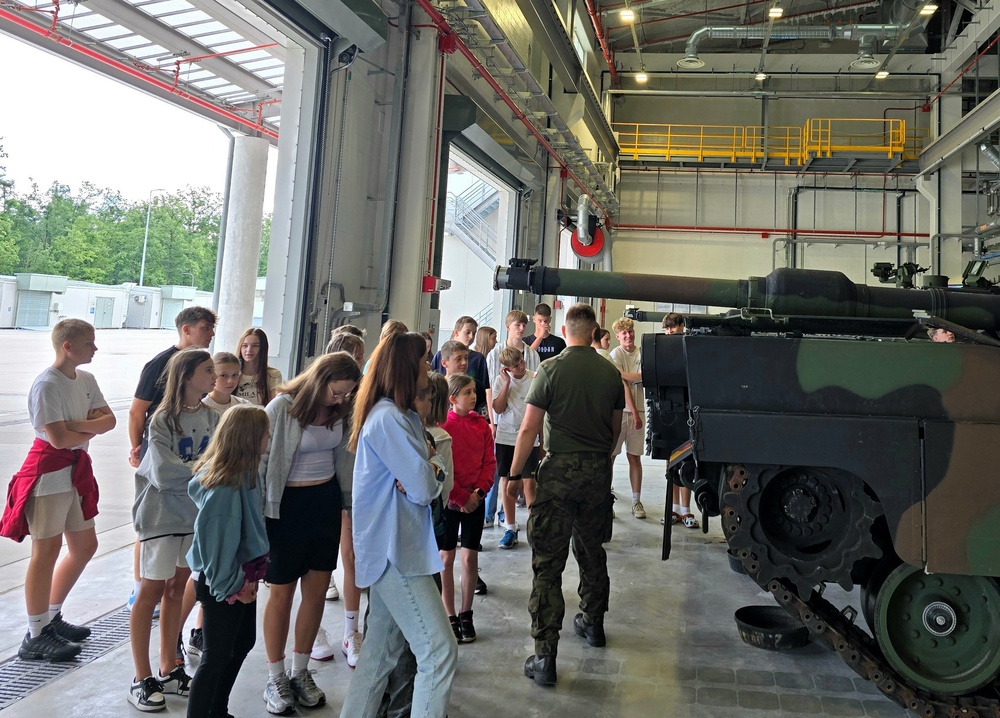The Maneuver Support Center of Excellence hosted the first-ever Protection and Maneuver Support Senior Leader Forum this week at Fort Leonard Wood, bringing together senior leaders from across the Army to discuss and better understand the array of equities and requirements to synchronize and operationalize the protection warfighting function — defined as the set of tasks and systems that preserve the force, so a commander can apply maximum combat power to accomplish a mission.
Providing opening remarks July 23 in Lincoln Hall Auditorium was Maj. Gen. Christopher Beck, MSCoE and Fort Leonard Wood commanding general — and host of the forum — who welcomed the attendees and spoke on protection as, “all of our business.”
“If we don’t pay attention to protection proactively, we will not be able to maneuver; we will not be able to sustain; we will not be able to fire,” Beck said. “(Protection) is a critical aspect of everything we do.”
Beck, whose center of excellence took the lead on developing a more modern and all-encompassing concept of protection for the Army, told the attendees they would hear three words repeatedly throughout the week: preserve, deny and enable.
“We have to preserve our critical capabilities, assets and activities; we have to deny our enemy’s freedom of action; and we have to enable our freedom of action,” Beck said, stressing that accomplishing this means understanding protection is not static. “Protection has to be a time-informed, activity driven discussion, just like targeting.”
Speaking on July 23 in Lincoln Hall Auditorium during a line-up of senior leader discussion sessions focused on strategic protection were Army Chief of Staff Gen. Randy George and Sgt. Maj. of the Army Michael Weimer, along with Gen. Gary Brito, commanding general of U.S. Army Training and Doctrine Command; Lt. Gen. Antonio Aguto, commanding general of Security Assistance Group-Ukraine; Lt. Gen. James Jarrard, deputy commanding general of U.S. Army Pacific; and Lt. Gen. Milford Beagle, commanding general of the Combined Arms Center.
Multiple leaders reiterated Beck’s statement that everyone plays a role in protection, and each leader presented their thoughts from the various perspectives of their positions, from the need to focus on lethality; transforming with the changing operational environment, including developing professional Soldiers; to the importance of getting the best, most intuitive technology into those Soldiers’ hands as the Army transforms.
The opening day concluded with a technology display and social for forum participants and professional military education students at Nutter Field House, featuring more than 100 vendors, from both private industry and military technology developers.
The focus of day two was on operational protection. The day began in Lincoln Hall Auditorium, with a “scene setter” explanation of a live demonstration the attendees would view at Training Area 250, of the synchronization of aspects of protecting a wet-gap crossing operation.
Col. Aaron Bohrer, MSCoE chief of staff, called gap crossings, “a great scenario to use as a backdrop for a discussion of the challenges of protection.”
“As a combined-arms operation, gap crossing clearly illustrates the complexities of denying enemy freedom of action, enabling access and preserving critical capabilities, assets and activities,” Bohrer said.
Combined-arms mobility doctrine, Bohrer said, describes how successful gap crossings rely on application of the fundamentals of surprise, preparation, flexible planning, traffic management, organization and speed — and the demonstration illustrates how these fundamentals challenge protection capabilities.
“We must be able to articulate risk to mission and risk to force, when outlining protection in operations, like a deliberate gap crossing,” Bohrer said.
After the wet-gap crossing demonstration, the attendees returned to Lincoln Hall Auditorium for a panel discussion with corps- and division-level leaders on operational protection planning. The panel included Lt. Gen. Xavier Brunson, commanding general of I Corps; Maj. Gen. Ben Cattermole, deputy commanding general of III Corps; Maj. Gen. Timothy Thombleson, deputy commanding general of V Corps; Maj. Gen. David Doyle, commanding general of 4th Infantry Division; and Brig. Gen. Sean Crockett, deputy commanding general of Eighth Army.
The goal of the discussion was to have leaders from represented units share concerns and priorities for protection planning from the corps and division perspective.
The third and final day of the forum, July 25, was centered on modernization requirements to close protection gaps. It included discussions in Lincoln Hall Auditorium with Lt. Gen. David Hodne, deputy commanding general of Army Futures Command, and senior leaders from seven of the Army’s centers of excellence, including Maj. Gen. Michelle Donahue, commanding general of the Sustainment Center of Excellence; Timothy Bishop, director of the Space and Missile Defense Center of Excellence; Joseph Holland, deputy to the commanding general for the Medical Center of Excellence; Brig. Gen. Chad Chalfont, commandant of the U.S. Army Armor School; Col. John Hosey, commandant of the U.S. Army Cyber and Electromagnetic Warfare School; Col. Sean Coakley, commandant of the U.S. Army Intelligence School; and Col. Todd Daniels, assistant commandant of the Fires Center of Excellence.
To fight and win potential future wars, the Army needs a mix of new solutions to combat a mix of new threats, which requires an imaginative look at the future, it was stated. And success requires clarifying doctrine as new capabilities are developed.
That discussion was followed by a panel discussion with some of the Army’s science and technology senior leaders on how emerging technologies can advance and better integrate protection, and how Soldiers play a vital role in shaping what that technology looks like. The panel included Brig. Gen. John Cushing, commanding general of the Army’s Combat Capabilities Development Command — known as DEVCOM; Chris Grassano, director of DEVCOM’s Armaments Center; Nick Boone, director of the Engineer Research Development Center’s Geotechnical Structures Laboratory; Mihan McKenna-Taylor, an ERDC Army research scientist for near-surface phenomenology; and Anne Petrock, a DEVCOM senior Army research scientist for warheads technology.
Providing closing remarks for the forum was MSCoE and Fort Leonard Wood Command Sgt. Maj. Jorge Arzabala, who called the inaugural forum, “a tremendous opportunity to get leaders from across the force to have discussions that get after the hard question — how to best synchronize assets to operationalize protection.”
“On behalf of Major General Beck and the entire MSCoE team, we thank you for being part of this dialogue,” Arzabala said.
Photos from throughout the three-day forum are available to view and download on the Fort Leonard Wood Flickr page at https://www.flickr.com/photos/fortleonardwood/albums/72177720319083035.
| Date Taken: |
07.26.2024 |
| Date Posted: |
07.26.2024 17:24 |
| Story ID: |
477149 |
| Location: |
FORT LEONARD WOOD, MISSOURI, US |
| Web Views: |
6 |
| Downloads: |
0 |
PUBLIC DOMAIN

This work, MSCoE hosts first-ever Protection and Maneuver Support Senior Leader Forum, by Brian Hill, identified by DVIDS, must comply with the restrictions shown on https://www.dvidshub.net/about/copyright.


![DVIDS – Images – MAFFS Operations Expand with Additional Fire Fighting Aircraft from Nevada and Wyoming Air National Guard [Image 17 of 26] DVIDS – Images – MAFFS Operations Expand with Additional Fire Fighting Aircraft from Nevada and Wyoming Air National Guard [Image 17 of 26]](https://101veterans.com/wp-content/uploads/2024/07/1722205379_1000w_q95.jpg)

 Private Internet Access gives you unparalleled access to thousands
of next-gen servers in over 83 countries and each US state. Your
VPN experience will always be fast, smooth, and reliable.
Private Internet Access gives you unparalleled access to thousands
of next-gen servers in over 83 countries and each US state. Your
VPN experience will always be fast, smooth, and reliable.
![DVIDS – Images – Wasp Sailors Train in Dewatering [Image 1 of 4] DVIDS – Images – Wasp Sailors Train in Dewatering [Image 1 of 4]](https://101veterans.com/wp-content/uploads/2024/07/1722118885_1000w_q95.jpg)
![DVIDS – Images – MAFFS Operations Expand with Additional Fire Fighting Aircraft from Nevada and Wyoming Air National Guard [Image 22 of 26] DVIDS – Images – MAFFS Operations Expand with Additional Fire Fighting Aircraft from Nevada and Wyoming Air National Guard [Image 22 of 26]](https://101veterans.com/wp-content/uploads/2024/07/1722075596_1000w_q95.jpg)



![DVIDS – Images – Red Flag 24-3 Evening and Night Operations [Image 5 of 10] DVIDS – Images – Red Flag 24-3 Evening and Night Operations [Image 5 of 10]](https://101veterans.com/wp-content/uploads/2024/07/1721859302_1000w_q95.jpg)
